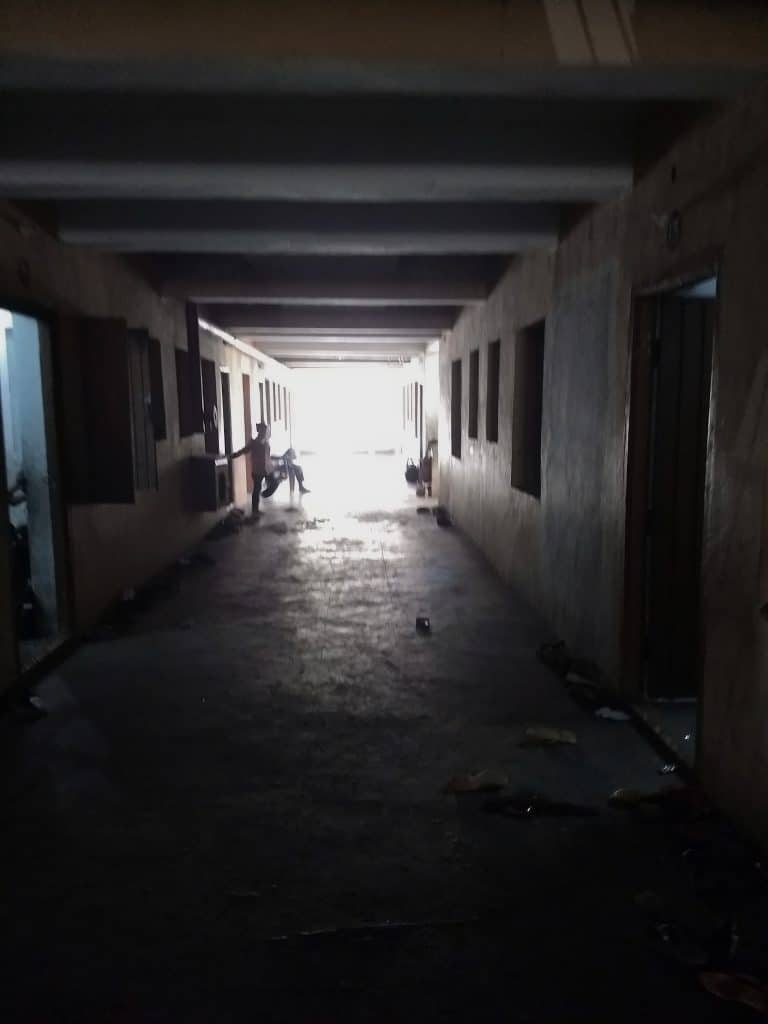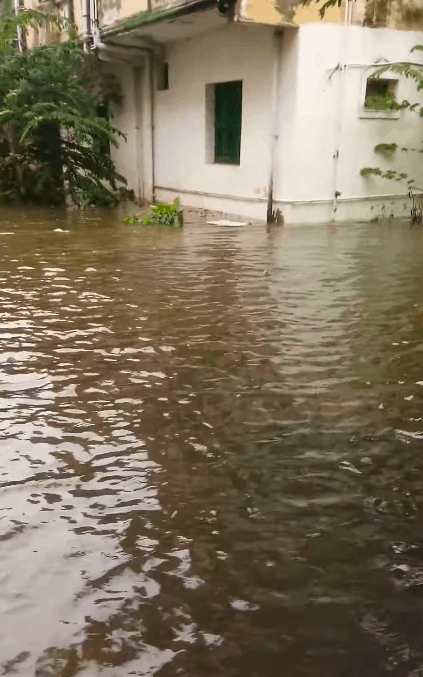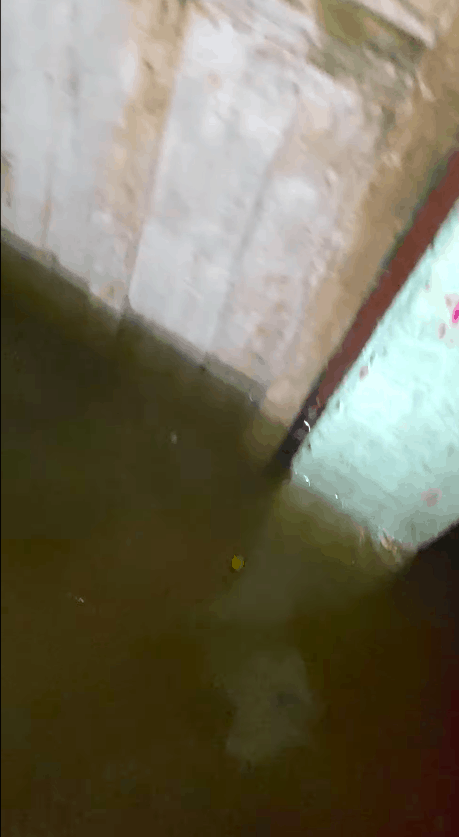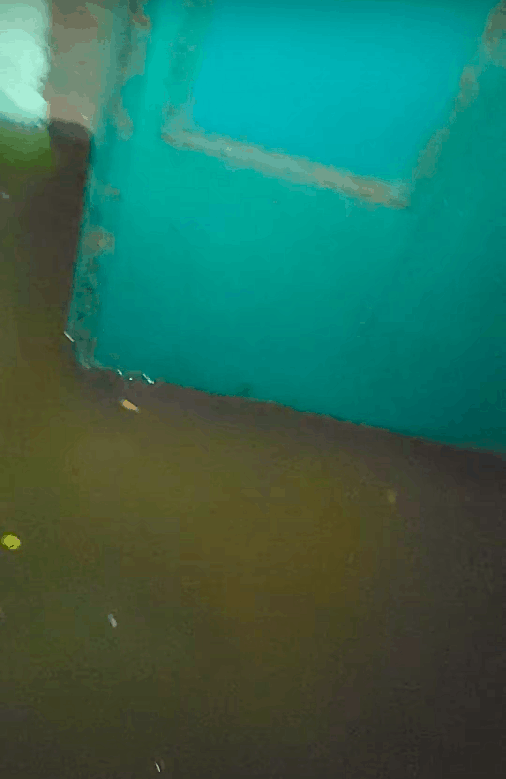“If you walk two feet you will bump into a person here and we were all advised to maintain physical distance over the past year,” says Radha R of Perumbakkam, underlining the challenges and irony of the lives of those living here. But this, Chennai’s largest resettlement colony, with 21,000 homes and close to 18,000 families in residence, could yet be set for expansion.
On January 2 2021, PM Modi laid the foundation for the Centre’s ambitious affordable housing scheme, the Light House Project, that is set to add a further 1152 houses to the already packed Perumbakkam resettlement colony.
Space always an issue
Perumbakkam has towering G+8 floor blocks of homes, each 380 sq ft in area. The construction has come under criticism for its cramped nature and for failing to provide adequate space to its residents for the purpose of safety, recreation and disaster-resilience.
“When we moved here from the heart of the city in Otteri, we were asked to be happy that we have a roof over our heads. But no one realises the problem with these houses. If any disaster strikes tomorrow, for us to even make it outside is a challenge. I live with my aged father and I am worried about how to keep him safe,” says Kavitha, who resides in the sixth floor of a tenement in Perumbakkam.
The issue of space extends beyond the design of the tenements. The lack of adequate open spaces and play areas for recreation has been one that has long been raised by residents. As a result, spending most of the year under lockdown has taken a toll on the children and youth in the area.
“We have not had school for almost a year now. For the first few months, we spent time fully indoors. We are a family of five. It was a terrible time as we were all scared to go out, but it was cramped and uncomfortable inside our homes. If we had a large park or any space outdoors where we could sit, that would have helped so much,” says Sooriya K, a student of Class VIII.
Violations plenty
According to The Information and Resource Centre for the Deprived Urban Communities (IRCDUC), an information hub for deprived urban communities, neither of the two types of existing settlements in the colony meet the Fire and Life Safety provisions of the National Building Code of India, 2005. The number of lifts are inadequate and staircases too narrow for the residents to exit in case of an emergency.
Settlement type A, which has 192 units per block and a total of 32 blocks, and type B, with 96 units per block in 156 blocks, have both been found to have inadequate exit width on the ground floor, inadequate exit width on the stairway and no emergency escape routes other than the common stairways for all residents.
The CAG report on the resettlement colony has also alluded to violations on housing density in the area. The maximum dwelling units permissible in Perumbakkam as per the National Building Code of India (NBC) norms were 12,180 houses. The NBC has been violated by the construction of nearly 21,000 tenements at 251 units per hectare.
Other essential facilities too are lacking in the existing tenements. The struggle to get rations from the PDS shops in the area is one that residents have dealt with for years.
“We have six fair price shops. Each time we go there it is a struggle to get the basics. The queue is too long and the shops run out of supplies. With the pongal gift of Rs 2500 being distributed through the PDS shops, we have to take a day off from work to even be able to get in the queue. We have asked many times how this is fair, but no one cares,” says Sahayam B, a resident.
The lack of functioning anganwadis has also been raised by many in the area. Of the 58 anganwadis, only 11 were functional over a year ago. This has resulted in ICDS services and childcare being unavailable for many.
Rains, flooding and broken sewage system
Every rainy season, Perumbakkam residents see varying degrees of flooding. The past two months has seen water stagnation from the rains getting mixed with sewage from broken pipes that residents say have not been fixed despite pleas.
“Rain water leaks through the roofs. Sometimes the water seeps through each floor and all our walls are damp. Anyone with any illness will immediately feel the effects. We are also scared to use the lift during the rain as the leakages may lead to electric shocks. We have been using the stairs, though it is tiring,” says Mala C, who resides on the fifth floor of a housing block.
Sewage pipes leaking is a common issue that residents here have lived with. The problem is exacerbated during the rainy season, with sewer water mixing with stagnant flood waters.
“Monsoon times are bad for us. Water logging is a regular affair every time it rains and the sewage water mixes with it. The stench is unbearable till it drains. Those who live on the ground floor have to move their belongings. They sometimes ask neighbours to keep their valuables safe,” says Karthik T who lives on the first floor.
The new tenements
The Light House Project promises 1152 houses of 413 sq ft each, marginally more spacious than existing houses. The new additions to the resettlement colony will come with a PDS shop, two anganwadis, milk booth, library and a sewage treatment plant, according to the details shared in a speech by the Chief Minister. The construction is set to be completed within 15 months.
On paper the houses may seem like an upgrade on the existing tenements, with the new houses being built with precast concrete construction. However, the realities of inadequate infrastructure and lack of civic amenities in the large tenement will also affect the new blocks.
“Any new addition will see the same issues. Are you telling me these houses alone will not see water stagnation, when the whole area does? They keep bringing more and more people here without solving all the problems we have been pointing out for many years”, says Kavitha.
Why is this site yet again chosen to evict and resettle families residing near the waterways in Chennai? The irony is that to save one water body we are destroying another ecologically sensitive area and succeeding only in “placing the poor in the flood paths.”
– Statement on Light House Project by IRCDUC
The existing problems in these tenements have been well-documented but remain unaddressed. Residents have protested and petitioned authorities at every level to get some of the facilities repaired and have new ones in place. At this juncture, the addition of more houses could only make the situation worse for those who already live here as well as the new residents who will move in, in the coming years.
Recommendations from IRCDUC
• Government of Tamil Nadu should not construct en masse resettlement housing projects, the resettlement site of Perumbakkam should not be further expanded.
• Resettlement should be only the last option and should be in proximate locations (within 3 or 5 kilometers radius from their previous place of habitation).
• Government should not identify low-lying areas, wetlands, ecologically sensitive sites, and hazardous sites for constructing houses for the poor.





Hello. It is essential in 2021 to listen to the population residing in these dwellings in order to improve their situation, their living space and avoid future conflicts.